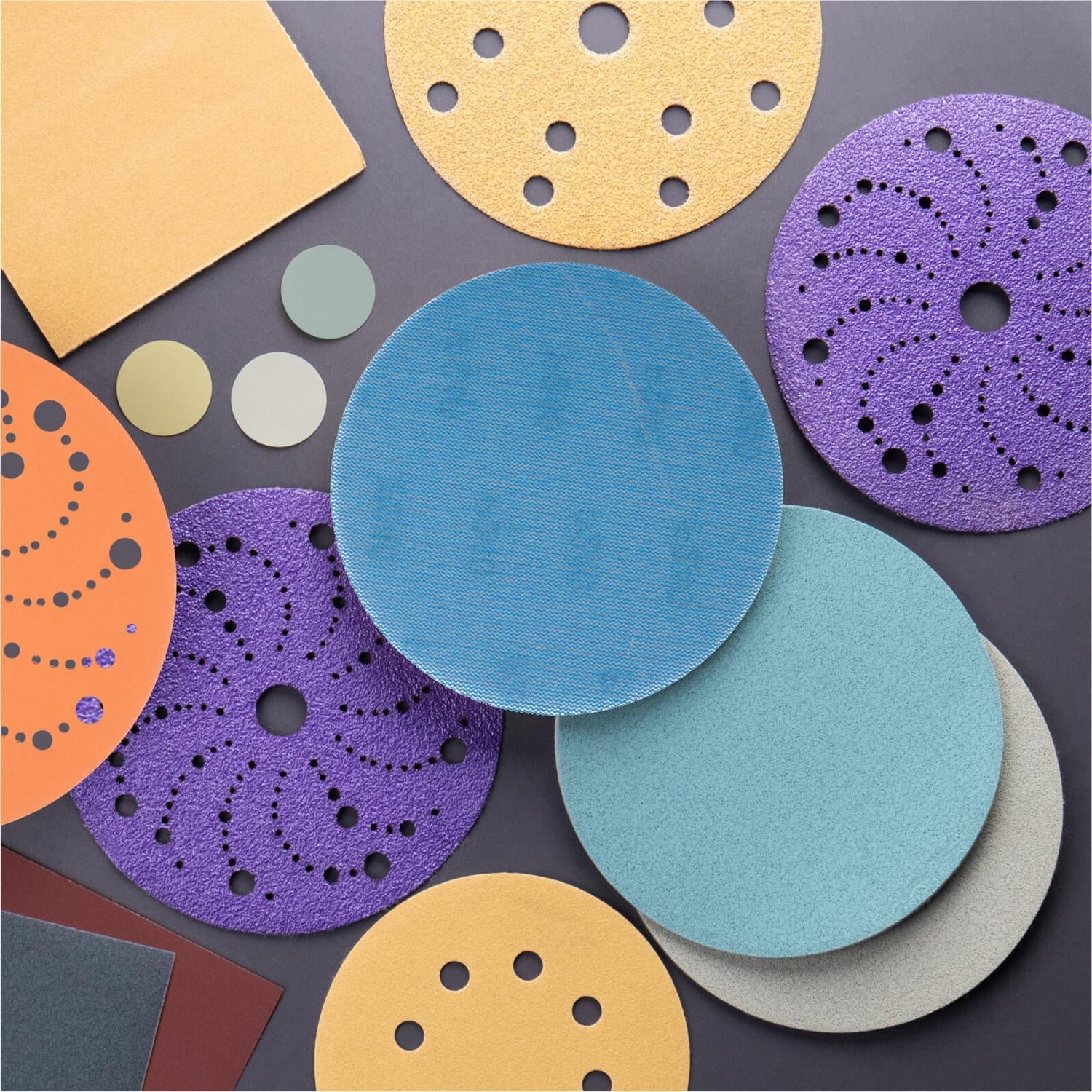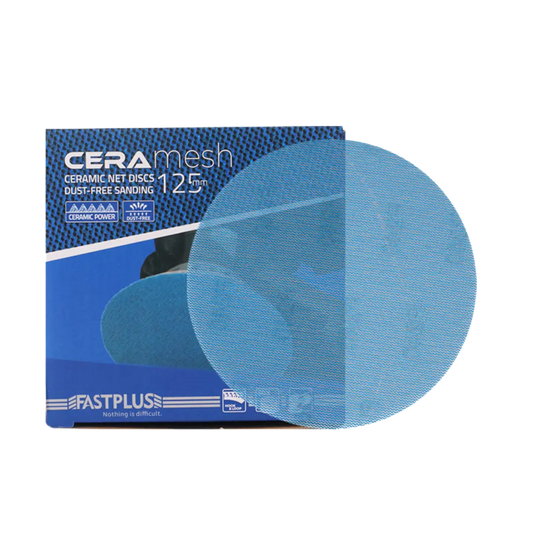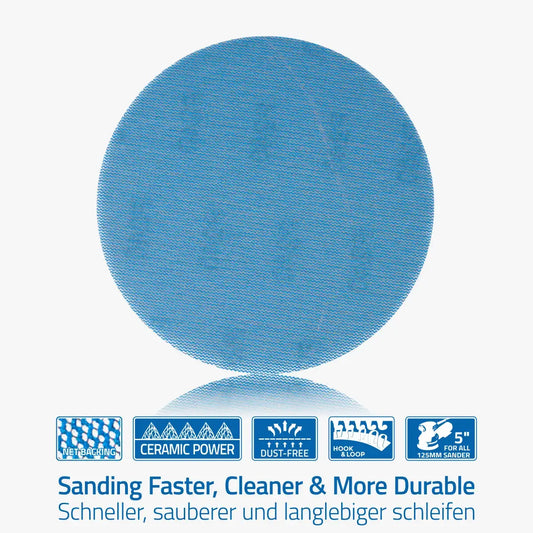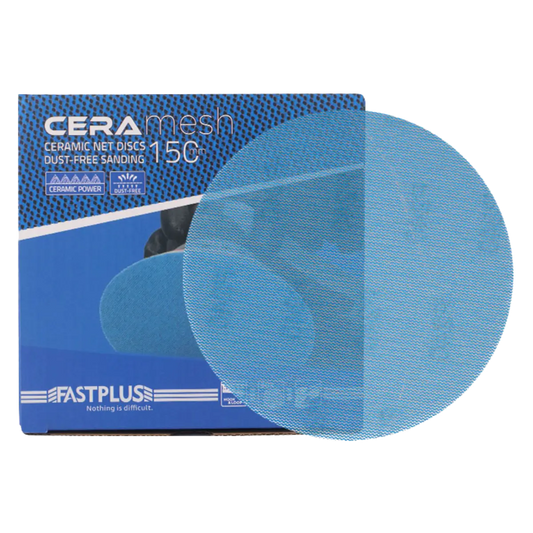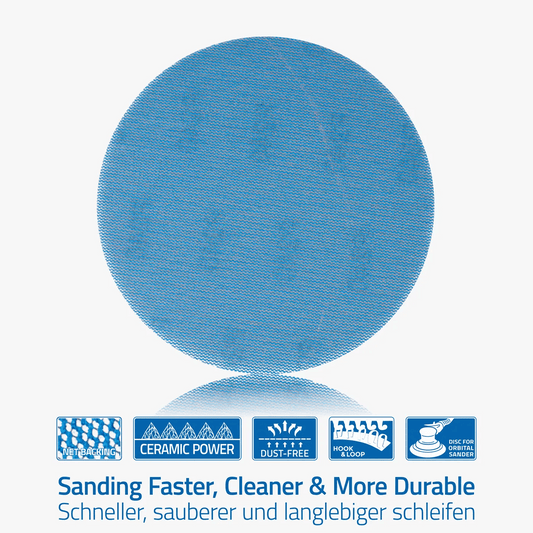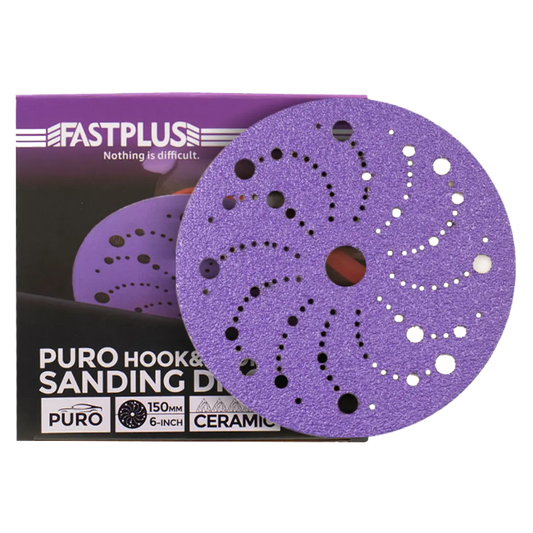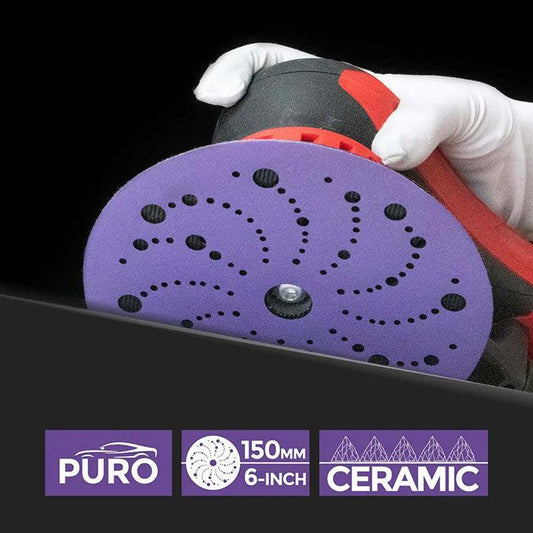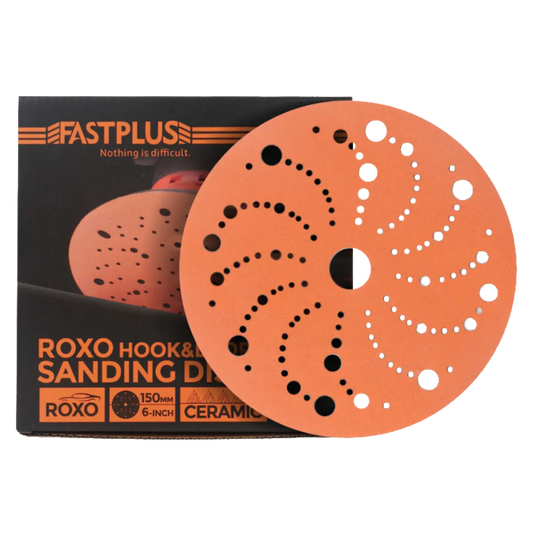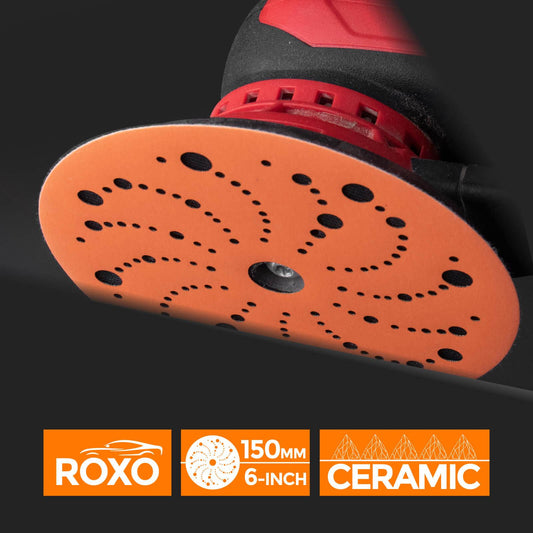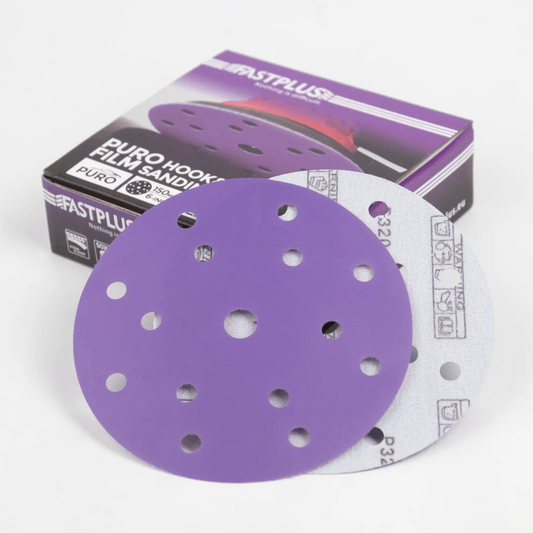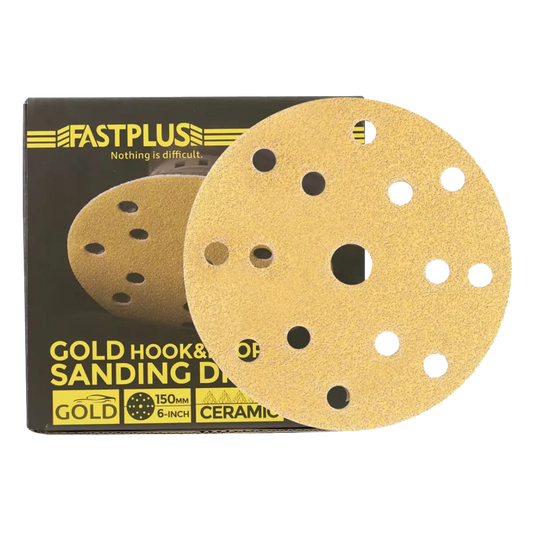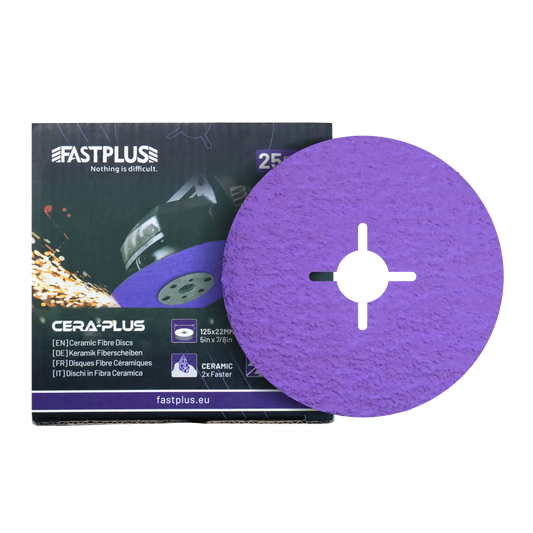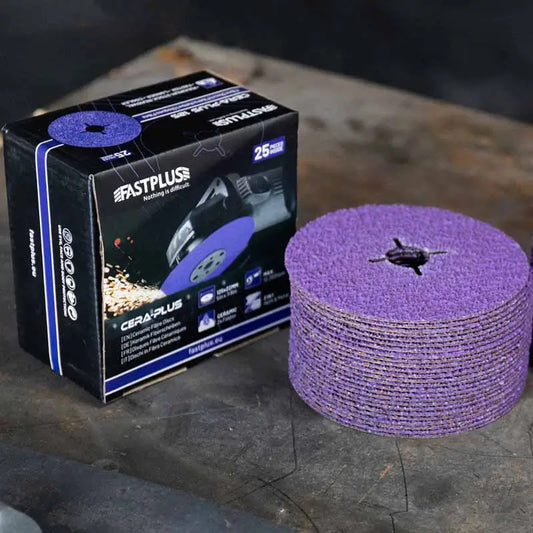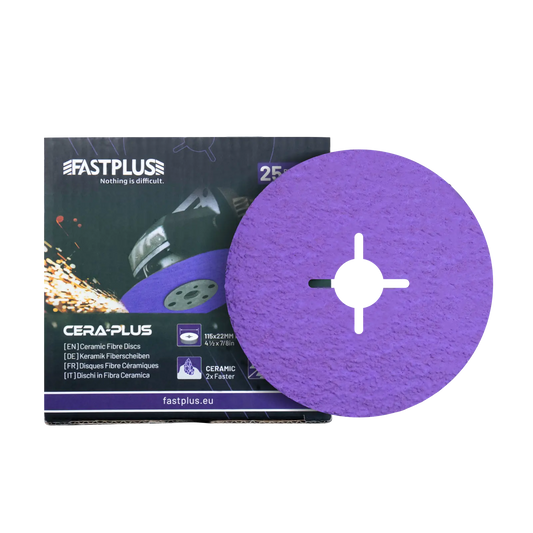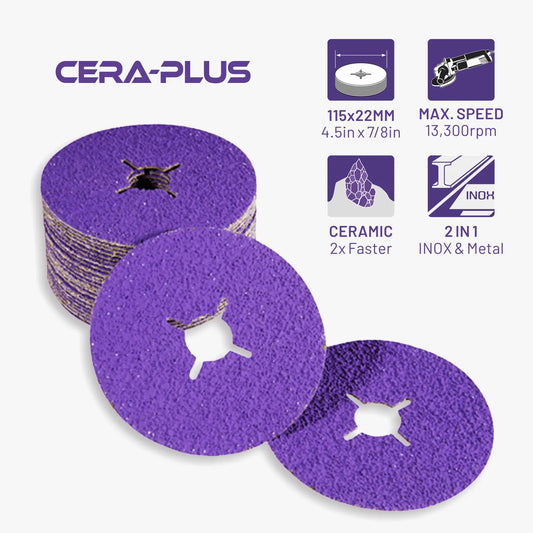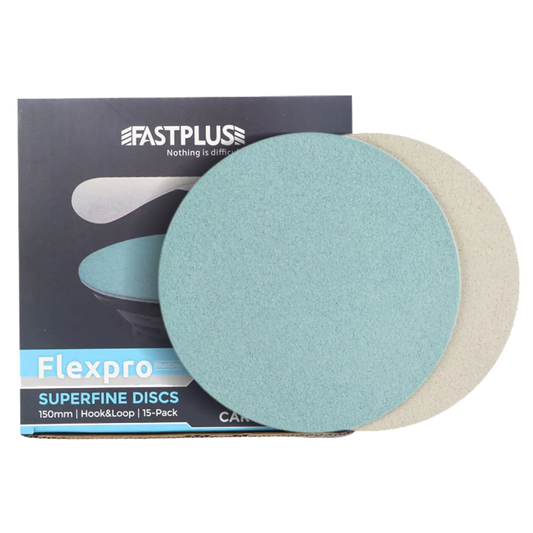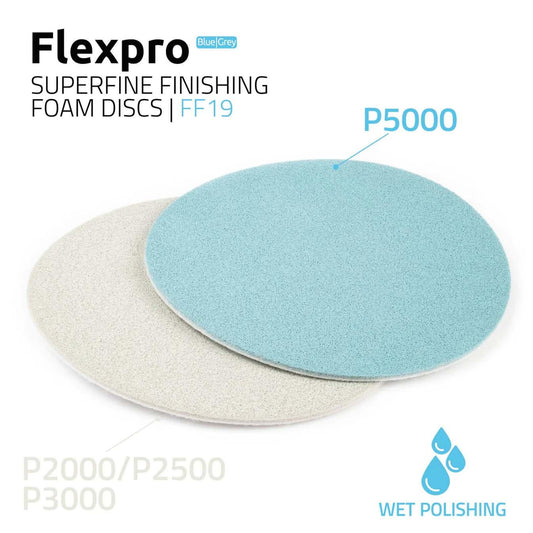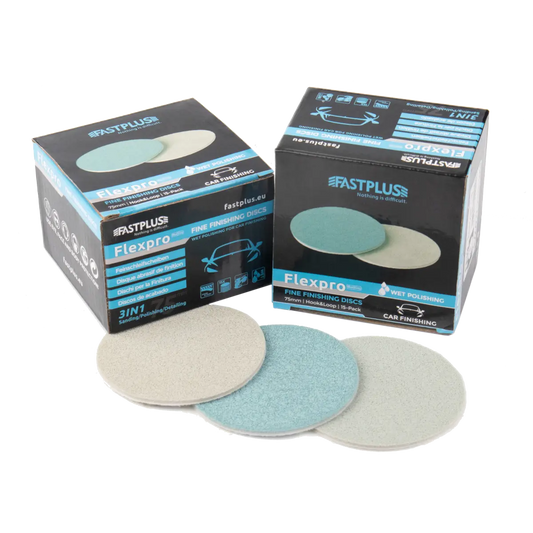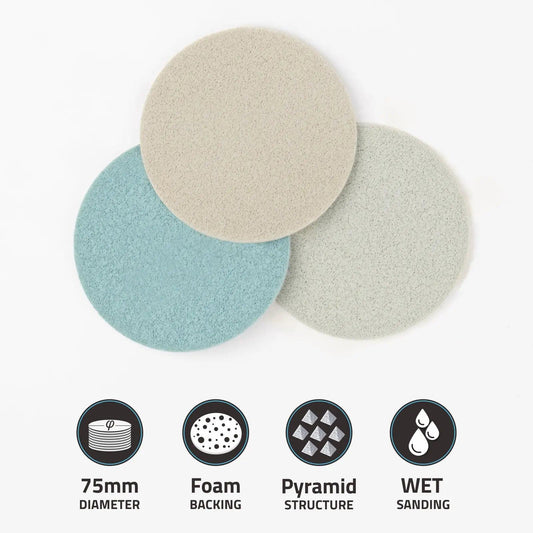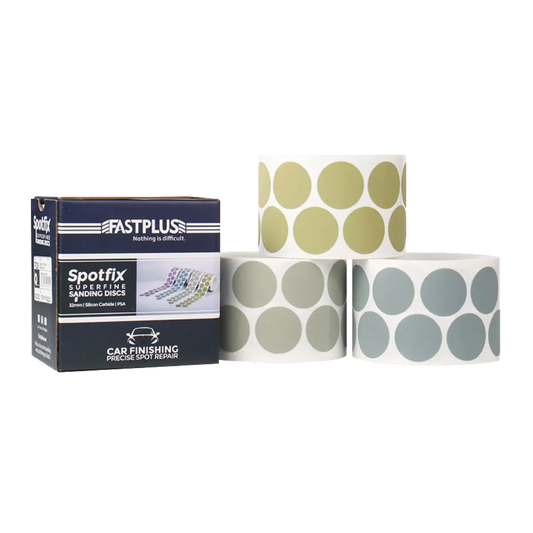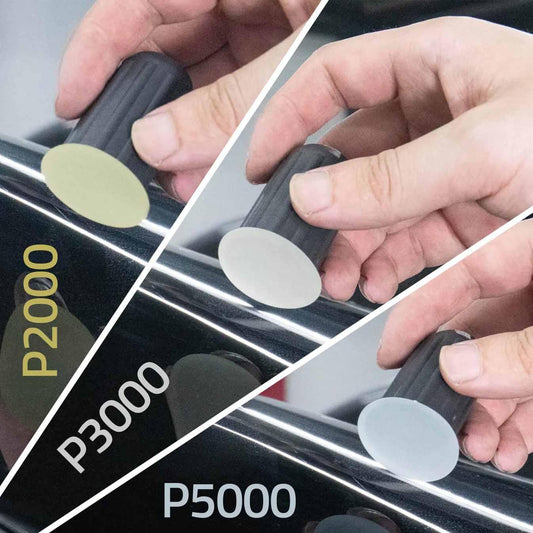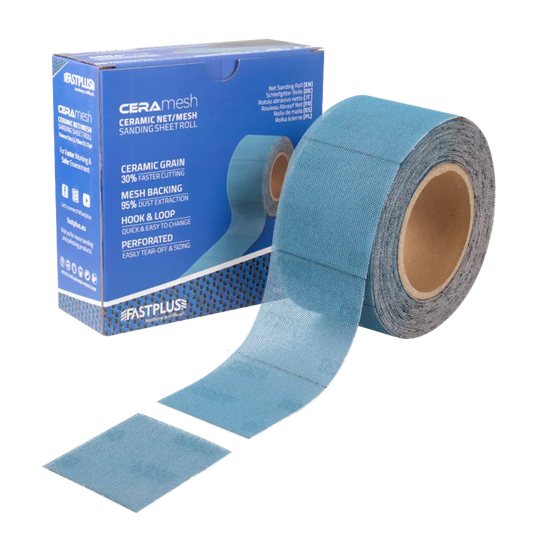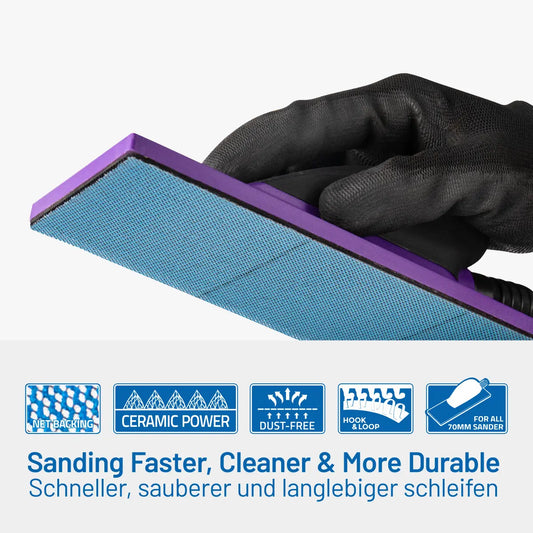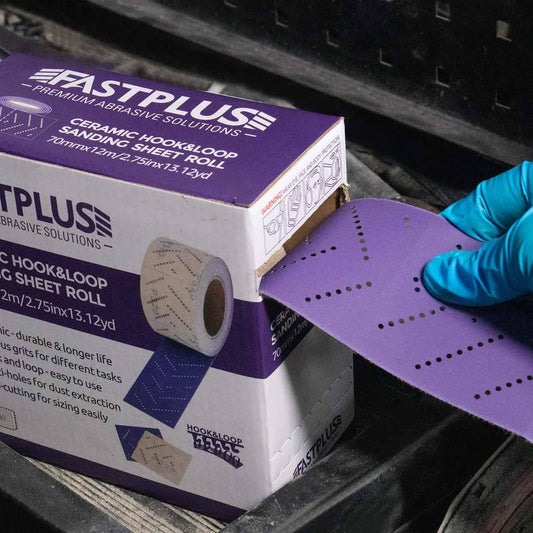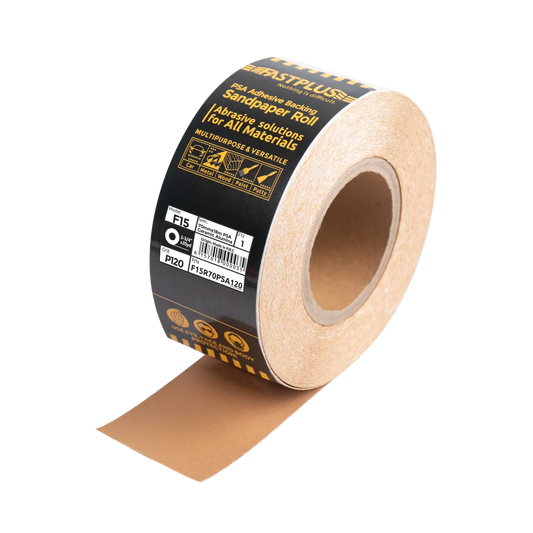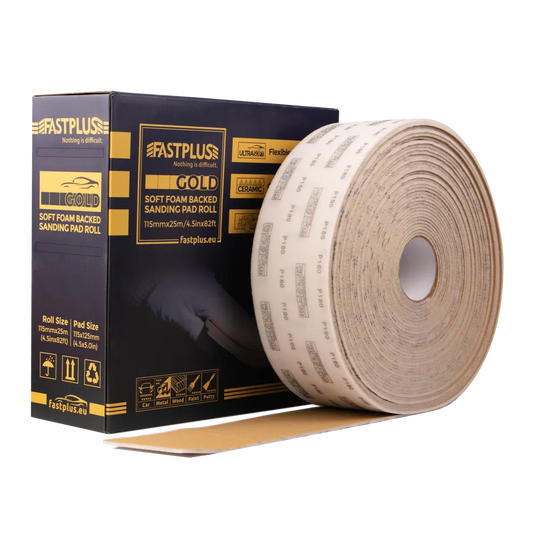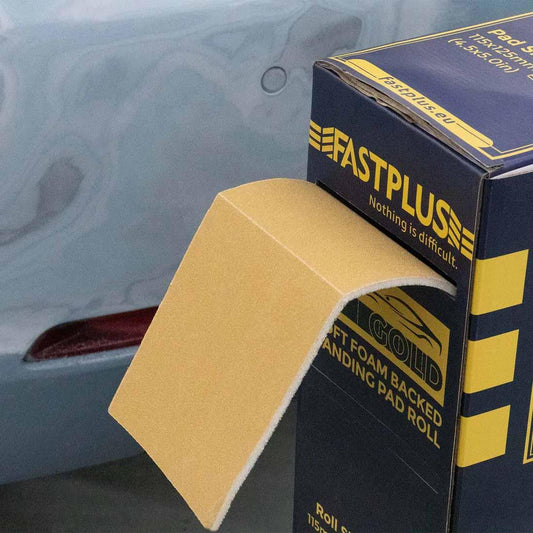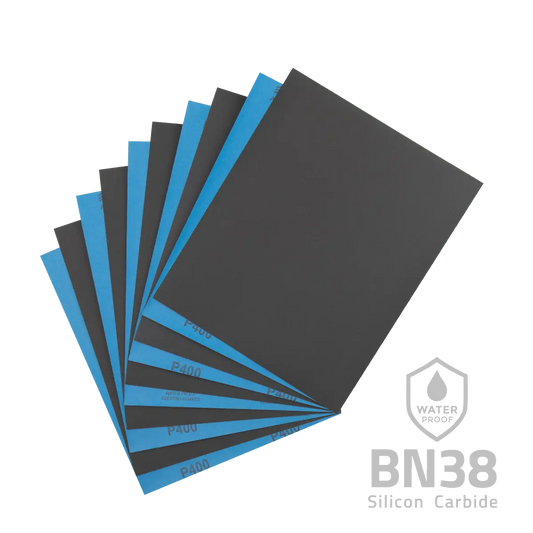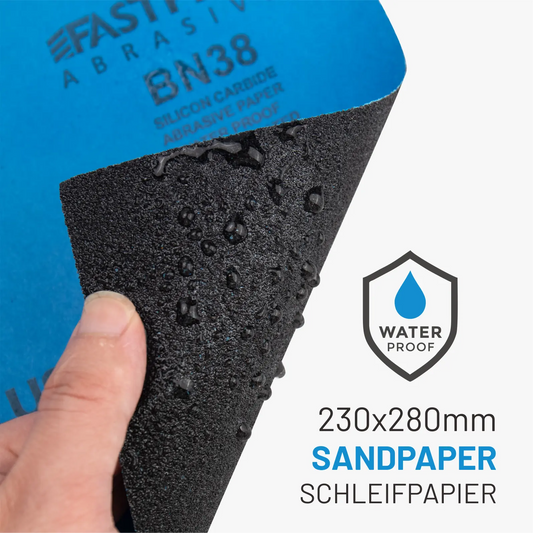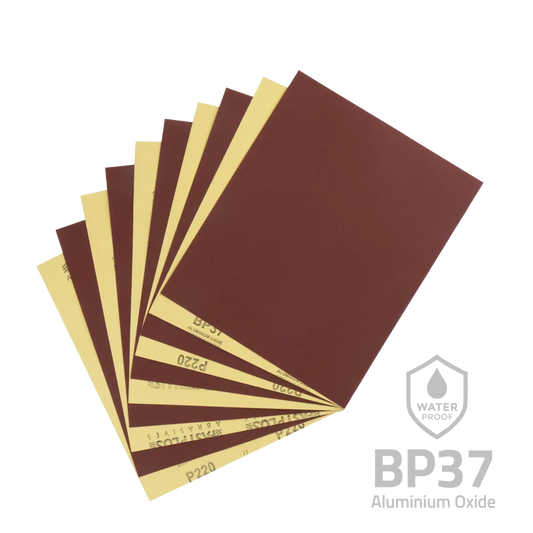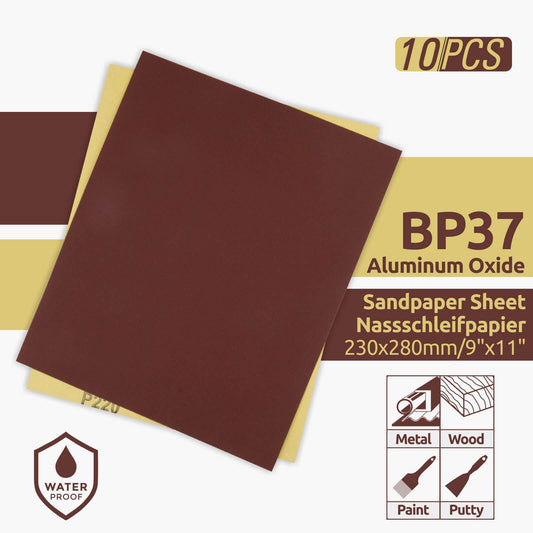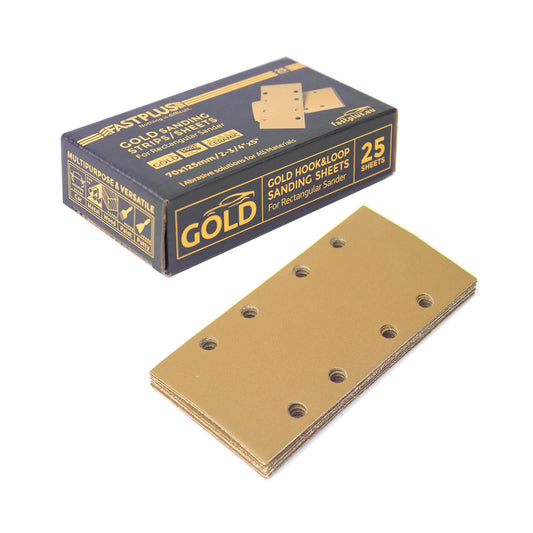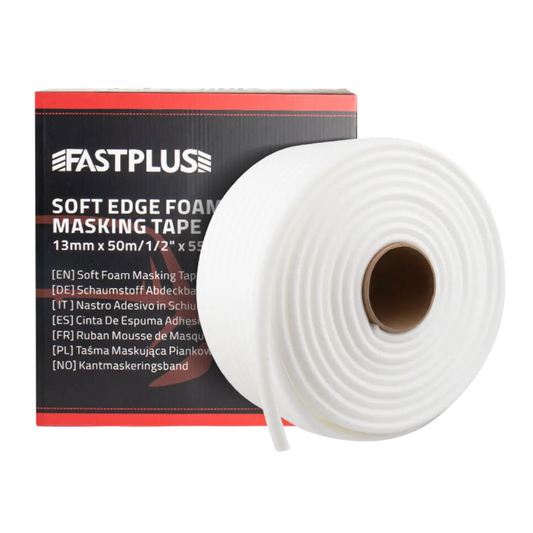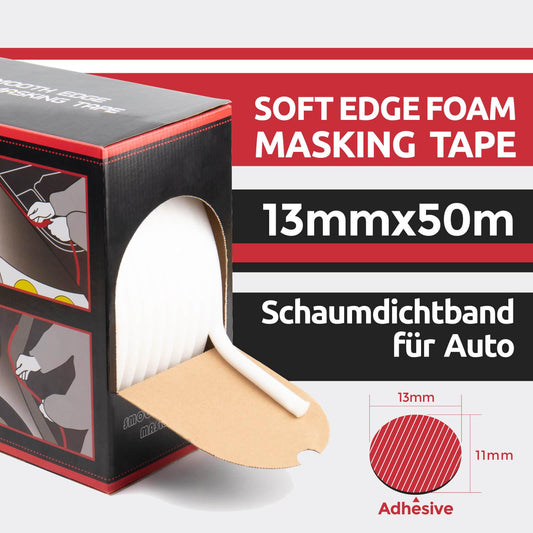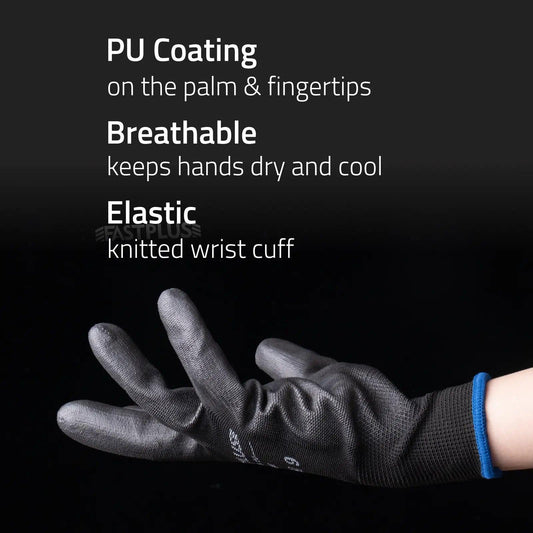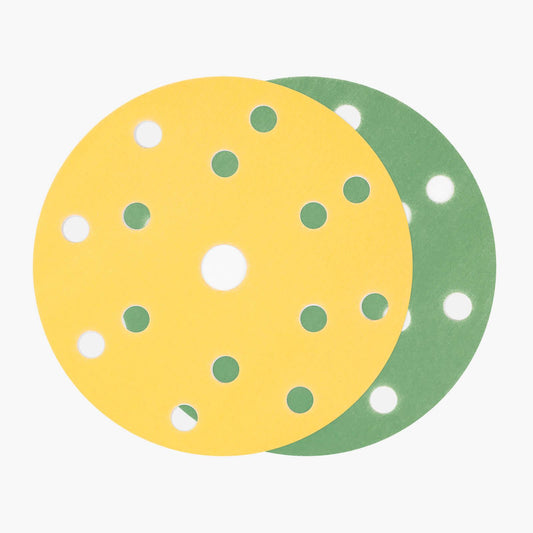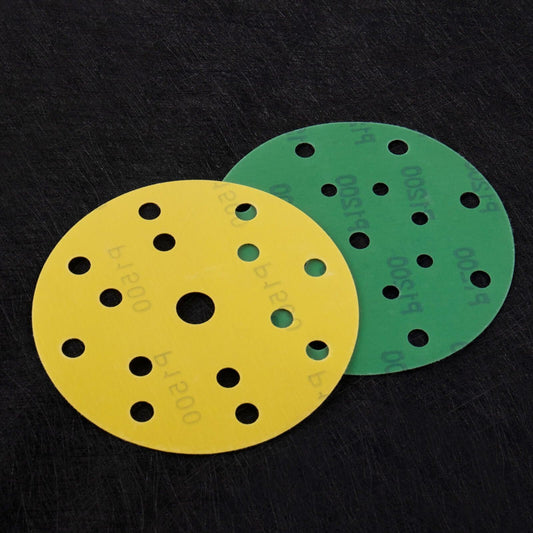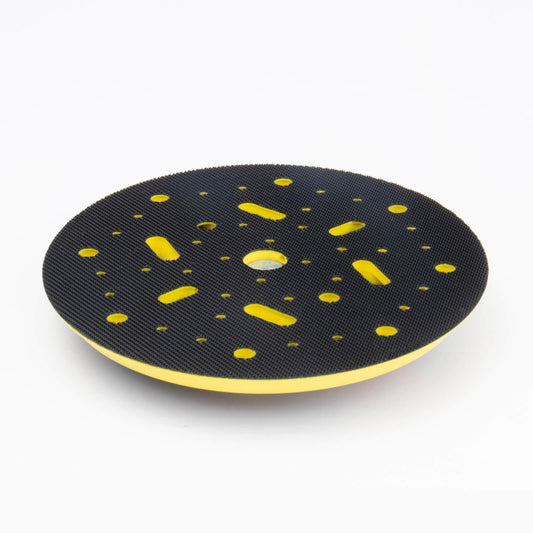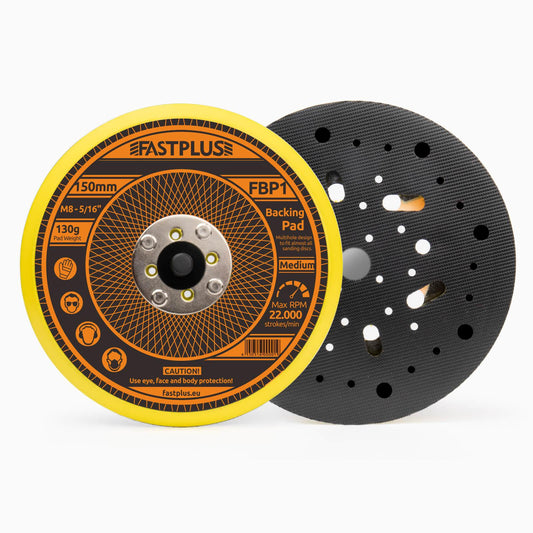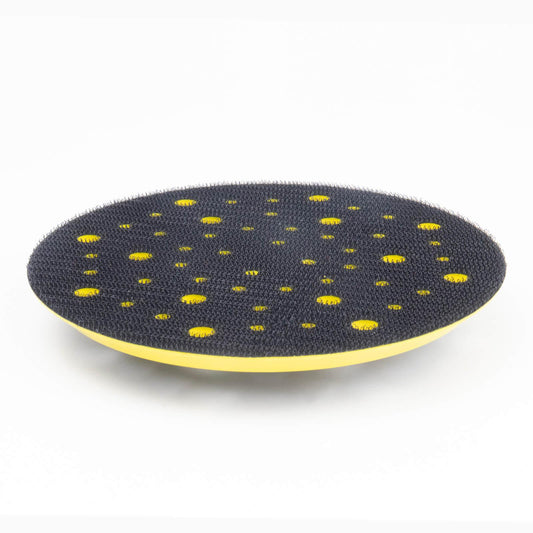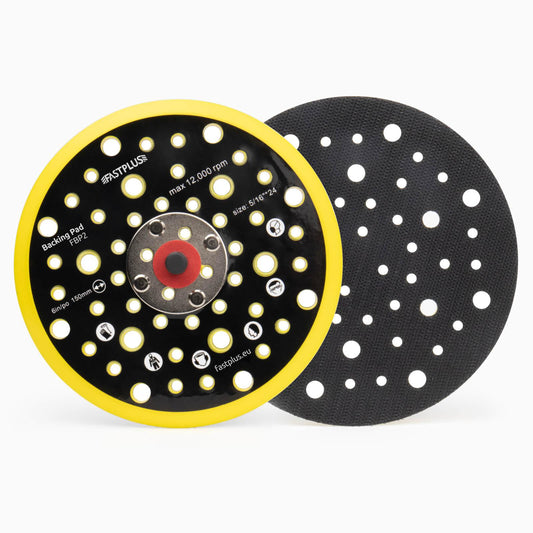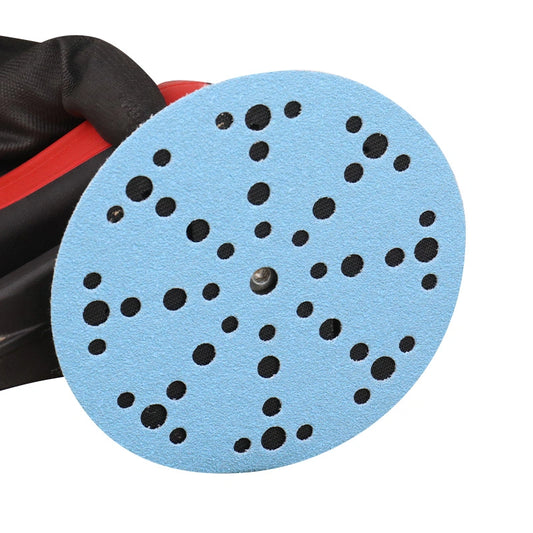
Why Your Sanding Discs Aren’t Sticking — And How to Fix It
If you’ve ever been deep into a sanding job and suddenly noticed your sanding disc slipping off or peeling away, you understand the frustration it causes. A disc that won’t stick properly interrupts your work, wastes materials, and can leave your project surface uneven or damaged. Fortunately, most adhesion problems have clear causes and easy solutions.
Whether your discs use a hook and loop system or a PSA (pressure sensitive adhesive) backing, knowing why your sanding discs aren’t sticking is the first step toward fixing the problem and preventing it from happening again.
How Do Sanding Discs Attach?
Sanding discs attach to your tool primarily in two ways. The first is the hook and loop system, which uses tiny hooks on the sanding pad that catch onto loops on the back of the disc — much like Velcro®. This system is popular on orbital and random orbital sanders for its quick disc-change ability.
The second method uses a PSA sanding disc, where a sticky adhesive backing bonds directly to a flat pad on the sander. Before use, you peel off a protective film to expose the adhesive. PSA discs provide a very strong bond and are often preferred for heavy sanding tasks or tools where a firm hold is critical.
Both systems rely on clean, undamaged surfaces for optimal grip. If either the pad or the disc backing is worn, dirty, or damaged, adhesion will weaken.
Why Are Your Sanding Discs Not Sticking?Worn Pads and Backings
One of the leading causes of sanding discs failing to stick is worn or damaged sanding pads. For hook and loop systems, the hooks on the pad can become bent, broken, or clogged with dust, making it impossible for the loops on the disc to latch properly. Likewise, a PSA sanding disc requires a smooth, clean pad surface; any damage or residue reduces the bond strength.
If your pad feels smooth rather than textured or your discs slip off easily even after pressing firmly, it’s time to consider replacing the pad or disc.
Dust and Debris Build-Up
Sanding produces a lot of fine dust that can settle on both the pad and the disc backing. This dust acts as a barrier, preventing proper connection between hooks and loops or contaminating the PSA adhesive.
To maintain adhesion, clean your sanding pads regularly. Compressed air, a soft brush, or a vacuum can help remove dust from hook and loop pads. For PSA pads, a lint-free cloth and mild solvent wipe remove residue without damaging the adhesive.
Heat Damage from Heavy Use
Sanding with excessive pressure or for long periods generates heat. Excess heat can soften PSA adhesive and warp hook and loop pads, both causing the discs to peel off or slip.
To avoid heat damage, use moderate pressure and take regular breaks during sanding. This not only preserves adhesion but also improves sanding results and extends the lifespan of your discs and pads.
Poor Quality Discs or Pads
Not all sanding discs and pads are made equally. Cheaper products often use lower-grade backing or adhesive materials that wear out quickly or lose stickiness. Choosing low-quality hook and loop or PSA sanding discs means replacing them more often, increasing costs and frustration.

Investing in high-quality sanding discs and pads from trusted manufacturers ensures better adhesion, longer-lasting discs, and consistent performance.
Improper Storage Conditions
Especially for PSA sanding discs, storage conditions play a critical role in maintaining adhesive effectiveness. Heat, humidity, and direct sunlight degrade the adhesive before you even use the disc. Hook and loop discs also benefit from being kept clean, dry, and flat.
Store your discs in a cool, dry place, ideally in sealed packaging or containers to preserve their adhesion.
Incorrect Disc Size or Hole Pattern
Using sanding discs that don’t match your sander’s pad size or dust extraction hole pattern can cause poor adhesion. A disc that’s too small won’t contact the entire pad surface, and a disc that’s too large may lift at the edges. Misaligned holes reduce dust extraction efficiency and grip.
Always check your sander’s specifications and select discs with the exact size and hole pattern for best results.
Contamination from Oils or Solvents
Oils from your hands, lubricants, or residual solvents can contaminate the pad surface, reducing adhesion for both hook and loop and PSA systems. Even small amounts of oil or grease can prevent proper bonding.
Clean pads regularly and avoid touching the adhesive backing of PSA discs directly. Wearing gloves or handling discs by the edges helps maintain a clean surface.
How to Fix Sanding Discs That Don’t Stick
If your sanding discs won’t stay attached, follow this troubleshooting approach:
- Inspect the sanding pad for wear, damage, or dust build-up.
- Clean the pad thoroughly using compressed air, a brush, or mild solvents as appropriate.
- Check your sanding discs — discard any with damaged loops or weak adhesive.
- Ensure discs match the pad size and hole pattern precisely.
- Avoid overheating by applying moderate pressure and taking cooling breaks.
- Replace worn sanding pads if cleaning and adjustments don’t help.
How to Prevent Adhesion Problems
Prevention is easier than repair. Here are simple best practices to keep your sanding discs sticking well:
- Clean your sanding pad after each use to remove dust and debris.
- Store sanding discs in cool, dry, and sealed environments.
- Invest in quality sanding discs and pads that match your tool specifications.
- Handle PSA sanding discs carefully to avoid contaminating the adhesive.
- Use moderate sanding pressure and take breaks to prevent heat build-up.
- Always verify you are using discs with the correct size and hole pattern.
Why Proper Adhesion Is Important
A sanding disc that slips or flies off isn’t just annoying — it can be dangerous. A loose disc can damage your workpiece, harm your sander, and pose a safety risk if it detaches unexpectedly.
By addressing adhesion problems proactively, you protect your tools, improve the quality of your projects, and keep yourself safe on the job.
Find Quality Sanding Discs at FastPlus

To avoid the frustration and risks of discs that don’t stick, choose your sanding products carefully. At FastPlus, we offer a wide selection of premium hook and loop sanding discs and PSA sanding discs in various sizes and grits. Our products are made from top-quality materials to ensure strong adhesion, durability, and excellent sanding performance.
Visit FastPlus today and find the perfect sanding discs for your tools and projects, helping you work efficiently and safely every time.
